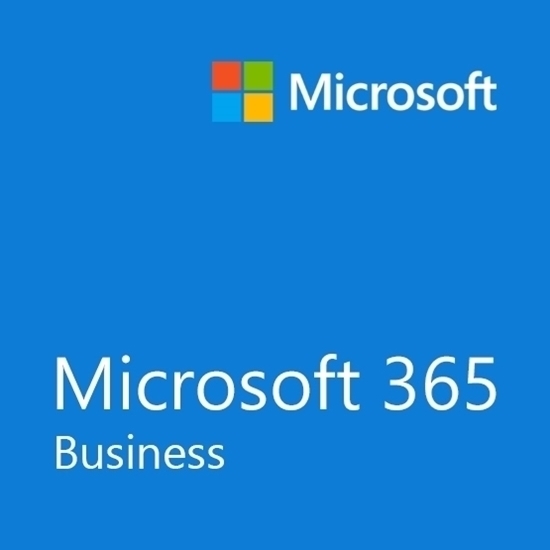

But understanding difference between the options - most notably between Office 2016 and Office 365 - can be confusing. Get helpįor assistance, please submit a Help ticket.If you're looking to purchase Microsoft Office for your business, you've got plenty of options. To learn more, visit Office 365 Tools That Are Not Available at Stanford (Access Restricted). Note: Not all Office 365 tools are available at Stanford.

Click on the name of the application to use it.ĭirect links to the applications are as follows: You will see a list of Office 365 applications, such as OneDrive, Word, Excel and PowerPoint that are available for you to use.

In webmail, or at, in the upper left corner, click on the app launcher.
 To set up a desktop email client or mobile device, see the Office 365 configuration instructions. To install Outlook on your desktop or laptop computer, see Which Version of Outlook Should I Use for links to the installer files. Authenticate with your SUNet ID and SUNet ID password. To use Outlook on the web, the web-based email client for Office 365, open a web browser and go to. Risk ClassificationsĪll classifications - High & PHI only if Secure: is used in the subject line.įree of charge Get started Outlook Email and Calendar Office 365 applications are approved for the following Risk Classifications as defined by the Information Security Office. Designed forįaculty, staff, and students RequirementsĪ full-service SUNet ID or a sponsored full-service SUNet ID Data security Note: Office 365 add-ons are not permitted in the Stanford Office 365 environment. Featuresįollowing are the supported Office 365 applications that are available for use: Office 365 is a cloud-based subscription service that brings together a variety of Microsoft applications, such Excel and Word, with powerful cloud services like OneDrive and Outlook, to help you create and share anywhere on any device.
To set up a desktop email client or mobile device, see the Office 365 configuration instructions. To install Outlook on your desktop or laptop computer, see Which Version of Outlook Should I Use for links to the installer files. Authenticate with your SUNet ID and SUNet ID password. To use Outlook on the web, the web-based email client for Office 365, open a web browser and go to. Risk ClassificationsĪll classifications - High & PHI only if Secure: is used in the subject line.įree of charge Get started Outlook Email and Calendar Office 365 applications are approved for the following Risk Classifications as defined by the Information Security Office. Designed forįaculty, staff, and students RequirementsĪ full-service SUNet ID or a sponsored full-service SUNet ID Data security Note: Office 365 add-ons are not permitted in the Stanford Office 365 environment. Featuresįollowing are the supported Office 365 applications that are available for use: Office 365 is a cloud-based subscription service that brings together a variety of Microsoft applications, such Excel and Word, with powerful cloud services like OneDrive and Outlook, to help you create and share anywhere on any device.








 0 kommentar(er)
0 kommentar(er)
